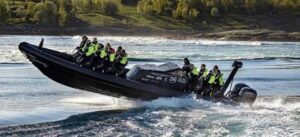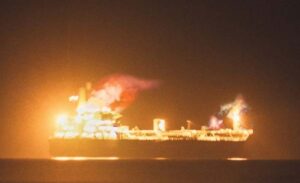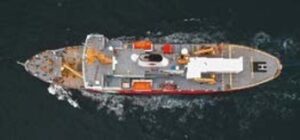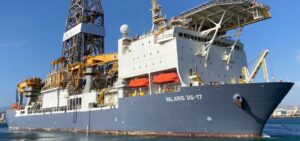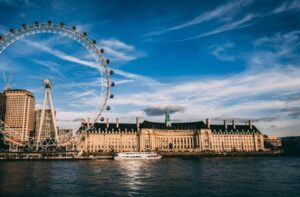
The UK’s top maritime professional organisations are working together to make their voice heard on key issues and bringing expertise to the UK Maritime Industry.
While the size of the British merchant fleet may have declined significantly over the past several decades the UK continues to be well endowed with maritime expertise.
For generations, professional organisations have provided a key source of expertise helping to maintain the right standards across industrial sectors ashore. However just over three years ago a number of maritime-linked bodies came to the view that this has not been happening within the maritime sector and, often, regulators and employers had been missing out on the years of experience leading professionals can bring to the table. Continue reading “Bringing expertise to the UK Maritime Industry”
